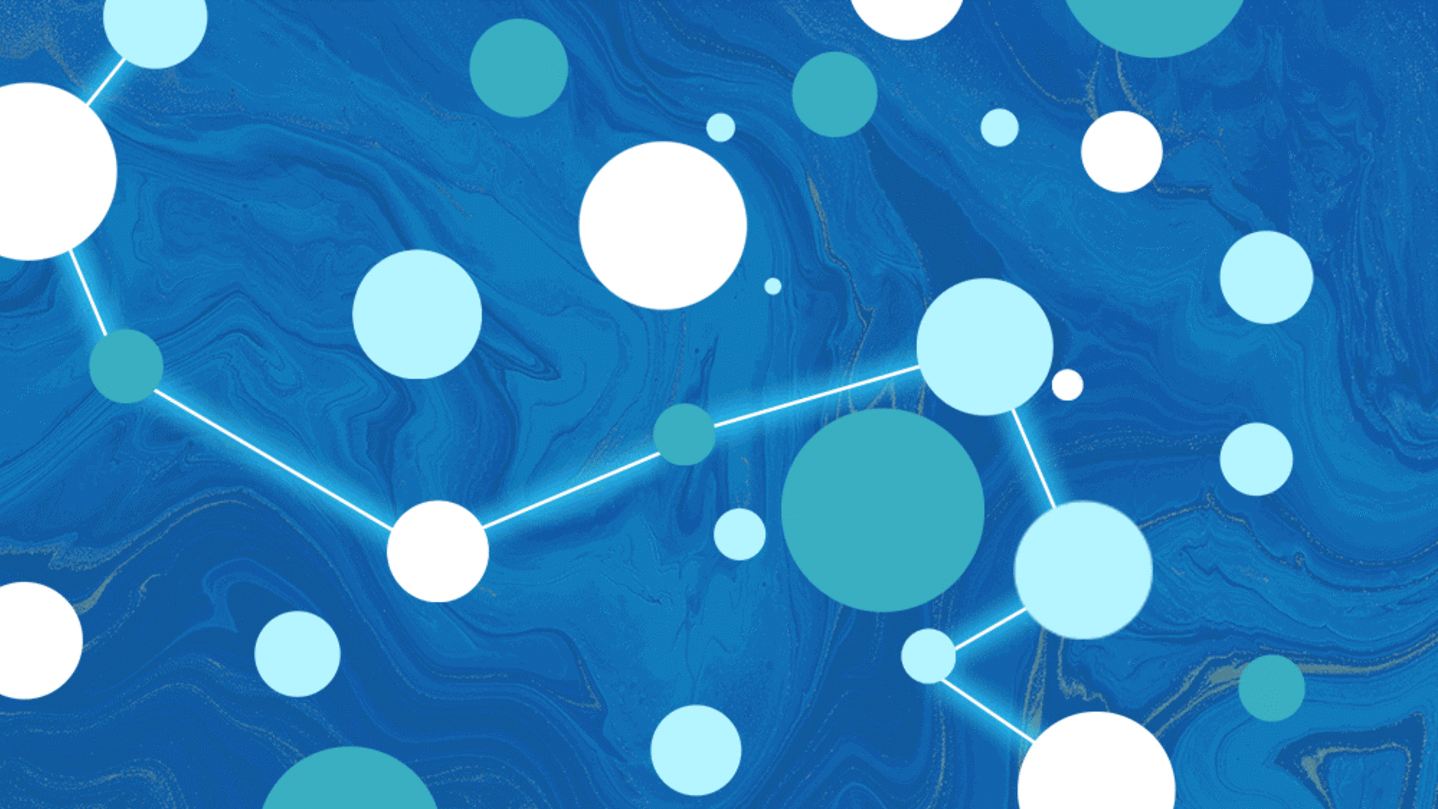“Liquid” machine-learning system adapts to changing conditions
29. 1. 2021 | MIT | www.mit.edu
MIT researchers have developed a type of neural network that learns on the job, not just during its training phase. These flexible algorithms, dubbed “liquid” networks, change their underlying equations to continuously adapt to new data inputs. The advance could aid decision making based on data streams that change over time, including those involved in medical diagnosis and autonomous driving.
“This is a way forward for the future of robot control, natural language processing, video processing — any form of time series data processing,” says Ramin Hasani, the study’s lead author. “The potential is really significant.” Hasani designed a neural network that can adapt to the variability of real-world systems. Neural networks are algorithms that recognize patterns by analyzing a set of “training” examples.

Hasani coded his neural network with careful attention to how C. elegans neurons activate and communicate with each other via electrical impulses. In the equations he used to structure his neural network, he allowed the parameters to change over time based on the results of a nested set of differential equations. This flexibility is key. Most neural networks’ behavior is fixed after the training phase, which means they’re bad at adjusting to changes in the incoming data stream.
Read more at MIT
Image Credit: Jose-Luis Olivares
-jk-




